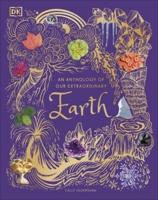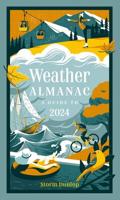Publisher's Synopsis
The former chloralkali facility in Berlin, New Hampshire, was designated a Superfund site in 2005. Historic paper mill activities resulted in the contamination of groundwater, surface water, and sediments with many organic compounds and mercury (Hg). Hg continues to seep into the Androscoggin River in elemental form through bedrock fractures. The objective of this study was to spatially characterize (1) the extent of Hg contamination in water, sediment, and biota; (2) Hg speciation and methylmercury (MeHg) production potential rates in sediment; (3) the availability of inorganic divalent Hg (Hg(II)) for Hg(II)-methylation (MeHg production); and (4) ancillary sediment geochemistry necessary to better understand Hg speciation and MeHg production potential rates in this system.









